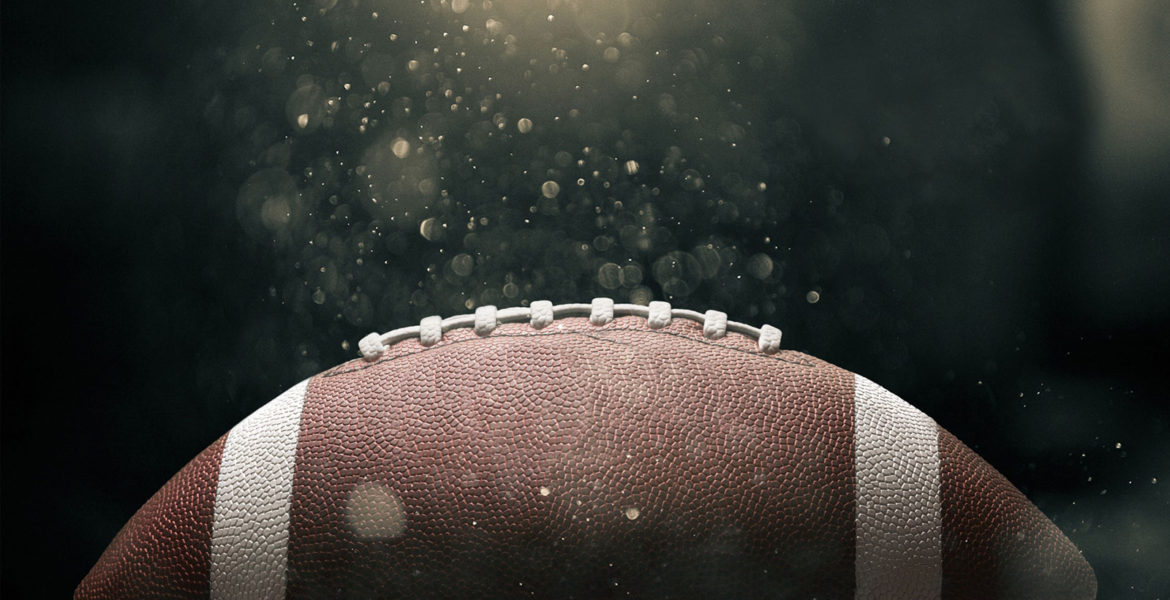By Ross Clugston, Executive Creative Director at Superunion North America
The final whistle blew at Pasadena’s Rose Bowl in January 1987, and the New York Giants defeated the Denver Broncos to be crowned champions of Super Bowl XXI. As the cameras turned to Giants’ quarterback Phil Simms, the elated MVP let loose a spontaneous cry, “I’m going to Disney World!”.
This moment captured the imagination of a nation. It sparked Disney to embark on a long-running series of Super Bowl commercials in which Mark Champion asks “So X, you’ve just won the Super Bowl, what are you going to do next?” And this iconic phase can be heard from superstar athletes from the NBA to the NFL who have rejoiced their crowning achievements with this phrase.
To the 87.2 million viewers watching at home and in bars around the country, this moment told an endearing story of an elite athlete who – even when claiming football’s greatest prize – remained full of child-like wonder.
Except the response wasn’t so spontaneous. Disney paid Phil Simms $75,000 to shout this phrase upon victory. Disney also paid Denver’s John Elway the same amount of money to yell the same thing – just in case his team won.
This is the ultimate case study for the impact that the Super Bowl has previously offered brands. A chance to leave your fingerprints on the biggest event of the year and in doing so reaching the millions of viewers who are tuned in.
But is this still the case? Last year’s Super Bowl was the least-watched in a decade. In fact, Super Bowl audiences have been shrinking every season since 2015. And this year, the shadow of COVID-19 looms large. Social distancing necessitates a low-key stadium audience and means there will be far fewer viewing parties watching the game.
According to SportsPro, viewership for the NHL Stanley Cup finals plummeted a whopping 61% versus last year. The NBA finals were down 51 percent. The MLB World Series was the lowest-rated in history, its average of 9.72 million viewers across six games on Fox saw a 30% decline on last year’s Fall Classic.
You could make the argument that the Super Bowl is a cultural event that goes beyond the sports world and that it could break the negative trend and attract a bigger audience than in recent years. But regular advertisers such as Pepsi, Audi and Hyundai are among the notable names choosing to skip sponsorship of Super Bowl LV.
But it isn’t the declining viewership that is pushing brands away. The real reason is much more difficult to quantify. The experience of watching football is inherently social. A pastime to be shared with friends and family. Sport brings people together. Except now, it can’t. In this context, it seems tonally crass for a brand to be preaching about unity and togetherness when it is unsafe to physically be together. Budweiser has already read the room, announcing that it will not show a Super Bowl for the first time in 37 years, instead of donating the money it would have spent to coronavirus vaccination awareness efforts.
Furthermore, while Super Bowl advertising can still offer incredible potential, its mass reach is unparalleled no longer. Brands are now capable of reaching audiences through an array of touchpoints and through digital channels they can speak directly to an individual.
As channels and our understanding of consumers become less cookie-cutter, brands need to move away from taking “fame building” moments like the Super Bowl for granted as a tentpole moment in the marketing calendar and instead focus on building a solid brand foundation from which strategy can flourish. This means cultivating brand purpose and positioning and crafting a distinct visual identity internally and externally. This allows brands to engage individually with authenticity, as opposed to going big and wide.
This approach doesn’t rule out a fame building moment. Nike showed us all how the Super Bowl can be best used last year, using J Lo’s halftime show to tease their new J Balvin Air Jordan 1 sneakers. When they were released ten months later, they broke Nike records and sold out instantly.
When context changes, the strategy must change with it. Super Bowl LV will be a vastly different experience to Super Bowl XXI and Phil Simms’ Disney-sponsored shout. This doesn’t mean it won’t provide plenty of opportunities for brands to engage audiences – but instead, brands should recognize that the event is no longer a vehicle to speak to America as a whole.

